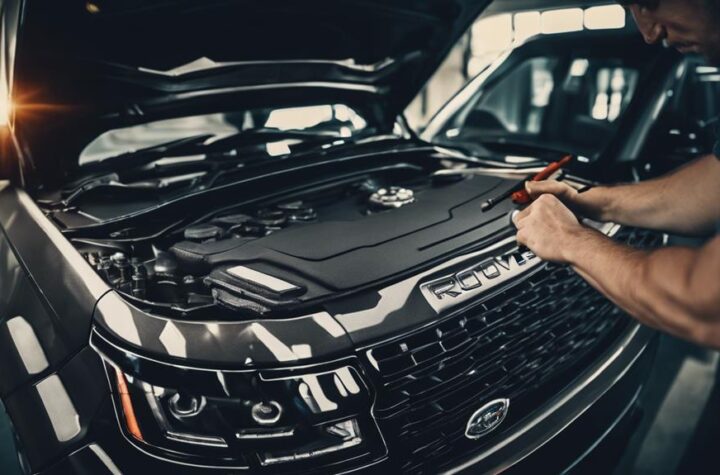Impact absorption specialists Cellbond, a division of Encocam Ltd based in Huntingdon, Cambridgeshire, have teamed up with researchers at Anglia Ruskin University to develop and test a ‘pedestrian-friendly’ car bonnet design which could cut the number of fatalities and serious injuries caused by impact in car accidents.
Pedestrians account for 20% of all traffic fatalities in Europe and 14% in the United States – with the majority being caused by head impacts. Statistically 65% of pedestrians impacting or rolling on the bonnet of car that is going above 40mph are killed or suffer from serious injury.
In such a crash the pedestrian is initially impacted by the car and then by the ground, and most fatalities and head injuries occur when there is insufficient clearance between the bonnet and stiff underlying engine components.
Now a ‘pedestrian-friendly’ car bonnet has been designed by Cellbond’s Dr Mehrdad Asadi in research collaboration with Anglia Ruskin University’s Engineering Simulation Analysis and Tribology (EAST) Group. The ‘pedestrian-friendly’ car bonnet design makes use of an aluminium mechanical energy absorber. Its works via a sheet of metal that is etched into a grid format so that, upon impact, it collapses inwards – absorbing the impact energy with less resultant reaction forces which causes the impact injury.
“During an impact the pedestrian exerts a dynamic force on the car bonnet,” said Professor Hassan Shirvani, Director of Anglia Ruskin University’s EAST group. “If the kinetic energy of the impact is not absorbed the bonnet will exert equal amount of the force that impacts it, causing injury to the body. The majority of car test standards and protocols use the ‘Head Impact Criteria’ to measure the severity of such impact on human heads and restrict the criterion to certain numbers. The Cellbond car bonnet design has been tested and verified in a EuroNCAP certified test house. Test results show that this Cellbond design reduces the ‘Head Impact Criteria’ by 50-60%, hence the energy is absorbed in the collapsing structure.”
The Cellbond car bonnet design is now being assessed by a number of leading motor manufacturers and research continues.














































 Global Manufacturing QC 2011 Engineering Studies for Automotive Test-Intensive Assembly Lines
Global Manufacturing QC 2011 Engineering Studies for Automotive Test-Intensive Assembly Lines


